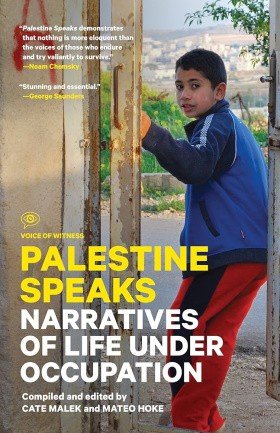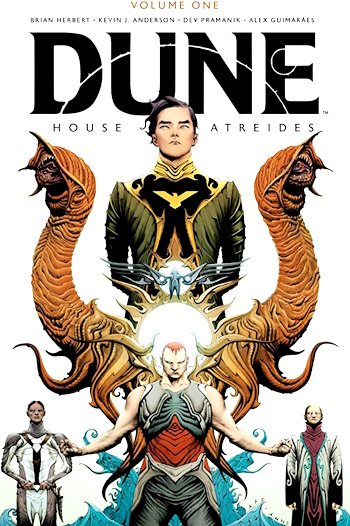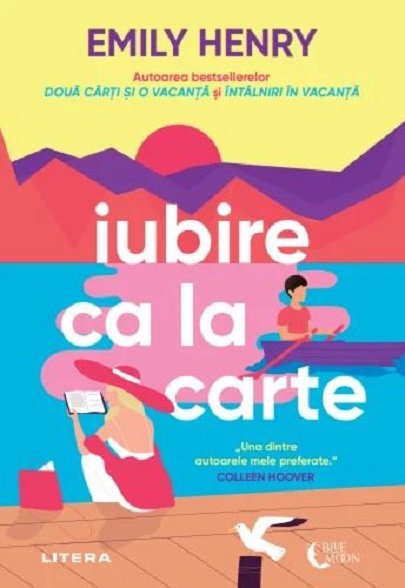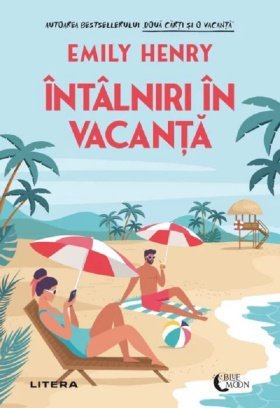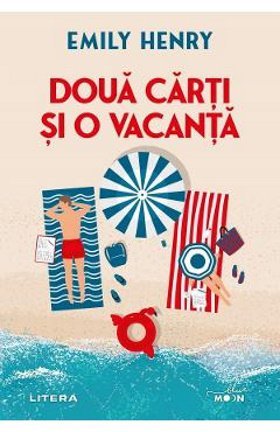I think the Israelis targeted me because I was very successful in bringing attention to the Intifada. In fact, at that time, Israel was upset about the focus on Beit Sahour, because any small activity in Beit Sahour was like a big explosion outside. We managed to do the tax resistance and to convey the image of the Boston Tea Party, and it was covered in the New York Times. We also managed to get a United Nations Security Council resolution proposed that called Israel to stop the siege on our town and return all the goods taken in tax seizures. We forced the Americans to use the veto against the proposal. So that was really probably one of the main reasons that I was targeted with those harsh imprisonment measures—they wanted to disrupt this work because it was really annoying to them.
Still, I managed to build relations with the Israeli society, so Beit Sahour became somewhat protected. We had a lower number of casualties because the army couldn’t enter Beit Sahour without seeing many foreign and Israeli journalists and activists. I started establishing relations with Israeli peace groups, which have wide connections outside. Then I started working with Palestinians living in the United States and England. When the media focused on me, more people became interested in communicating with me. Suddenly, everybody who wanted to come to Palestine either on a fact-finding mission or in a delegation wanted to meet me. So I began to develop a huge network.
I LOOKED AROUND AND SAW GUNMEN, MILITIAS, TANKS, AND SUICIDE BOMBERS
I was very busy in the years after the First Intifada. My wife and I had a son in 1990. I felt thrilled, happy, and more responsible. I also started working as a physics professor at Birzeit University.20 And I was trying to carry forward with the sort of resistance we had established in Beit Sahour in the Intifada. I helped to start international outreach organizations such as the Alternative Tourism Group as well as a Palestinian economic development organization. My days were very long. I used to leave home at three in the morning to have time to answer e-mails for activist organizations I was involved in, and then go teach all day, then more activist work, and I wouldn’t come home until midnight. By the late nineties, I was depressed all the time. Nothing much was changing, and I thought we as Palestinians were going in the wrong direction. And my activism was making it hard to spend as much time in my community as I wanted. Then the Second Intifada erupted in 2000, and it was different than the first. Everybody was shooting each other, and I had to reconsider how the principles we put in place in the First Intifada would apply to this new one, which was more violent. I looked around and saw gunmen, militias, tanks, and suicide bombers. What the hell could we do in such an environment? But then I thought, Why not try something? I had to find a way to engage. The hardest part of any conflict is when you feel trapped between two powers, waiting to be the victim. In 1970 in Jordan I was in the middle of a conflict, but I was young, so I couldn’t engage. So I didn’t want to repeat that experience again. So during the Second Intifada I started working with other Palestinian, Israeli, and American activists. We invited people to join what we called at that time International Solidarity Campaigns.21 It was an experiment.
We started with a very big action that attracted attention to us—we took over an Israeli military camp in Beit Sahour that had been bombarding Palestinian homes. We gathered around a hundred people—Palestinians, some Italians, some Israeli anti-Zionist groups, a German delegation, and a few Canadians, and we marched into the camp. The soldiers were taken by surprise, especially since they saw some Israelis with us. They didn’t know what to do. They moved to the back of the camp in order to get away from us. And then a Canadian removed the Israeli flag and put up a Palestinian flag, and we declared the place liberated. After three hours, we left. There was a huge reaction to our demonstration, and we started receiving more requests for people to join in similar protests.
We decided to expand and do a campaign every two weeks. We would remove roadblocks, conduct lie-ins in front of Israeli tanks, and other things like that. We were practicing non-violent protest even in the middle of great violence. I started working with an activist named Neta Golan, and then a month later, Huwaida Arraf and Adam Shapiro came and wanted to join forces and we started planning for a big campaign. Then someone suggested calling it the International Solidarity Movement, and we thought, Why not? Every day I received forty or fifty applications from people who wanted to join. ISM raised no money—everyone paid their own expenses. We started screening people and doing trainings. I think we managed to get around 7,000 internationals to come and take part in the Palestinian struggle. Amazingly, people who were coming were university professors, lawyers, all different ages, not just young people and activists. During the First Intifada, I was jailed a lot. But, during the Second Intifada, I didn’t go to jail. I benefitted a lot from the relations I established inside Israel, which provided some protection. There was an attempt within Israel to outlaw the ISM and arrest us all, but I met with members from the Labor Party in Israel and convinced them that the ISM might be annoying, but we were good-hearted people. But even if I was less vulnerable to arrest, we were all exposed to terrible violence. The army tolerated us until about 2003. That year, maybe twenty ISM volunteers reported to us that they’d been subjected to live ammunition fired very close to them. There came a point when it seemed like the soldiers started hunting us and trying to freak us out. And then Rachel Corrie and Tom Hurndall were killed. Brian Avery was shot in the face, but he survived.22
The work with ISM was very tough. At different points, we were all, including myself, at risk of dying. I was away from my family all the time—it was a round-the-clock job. There were lots of problems between the activists I had to solve, and I felt responsible for those who died. I trained Rachel Corrie here in Beit Sahour. The hardest part of my life was when I met Rachel’s family, her mother and father. They came and had lunch at my home. They are great people and they started assuring me that I did nothing wrong. I faced a hard time with Tom Hurndall’s parents at the beginning, but then we became very close friends. His mother is now the development director of Friends of Birzeit University, and she wrote a very powerful book called My Son Tom.
I’m proud of the work I’ve done with ISM and other organizations, but around 2005 or 2006 I suddenly felt that I should stop working with foreigners and Israelis and I should make the journey back to my own community. I’d been focused on reaching out to the world and traveling a lot since 1987. I was emotionally drained. So in 2006, I told the other co-founders of ISM that I was still with them, but I could no longer do administrative work. I went back to university life and became closer to my students and community. And that’s what my life has been for the last ten years. When the time comes, I’ll find my way to engage.
When we talk to Ghassan in July 2014, he is skeptical about the possibility of an emergent Third Intifada. He tells us, “I don’t see an Intifada happening now. You smell the Intifada, you smell the emotions of people. I don’t smell those emotions now. To have an Intifada, either you have glimpses of hope, or you are desperate enough to want to die. The First Intifada, hope moved us. The Second Intifada, desperation moved us.”
1 Beit Sahour is a city of around 15,000 located just east of Bethlehem. Its population is approximately 80 percent Christian.
2 The Jabal Al-Hussein camp is located northwest of Amman. It was originally established in 1948 for 8,000 refugees. Today it houses nearly 30,000.
3 For more on the Bedouins, see the Glossary, page 304.
4 For more on the Six-Day War, see the Glossary, page 304.
5 The keffiyeh is a head scarf traditionally worn by Arabs. In the late 1960s, it was adopted as a symbol of Palestinian nationalism.
6 The Hashemite Kingdom of Jordan took control of the West Bank following 1948, and it also hosted over 400,000 refugees from the 1948 war. By 1970, approximately 60 percent of the population of the greater Jordanian-controlled territory was Palestinian. In 1970, tensions between the Kingdom of Jordan and representatives of the Palestinian people such as the PLO led to civil war. For more information, see the entry for Black September in the Glossary, page 304.
7 An exit exam for high school. For more on the tawjihi exams, see the Glossary, page 304.
8 The Lebanese Civil War broke out in 1975 between a number of factions, but especially the PLO and Palestinian refugee militias, Lebanese Muslim militias, and leftist militias on one side and Maronite Christians (with the support of both Israel and Syria) on the other side. The war was partly precipitated by the arrival of the PLO among the 400,000 Palestinian refugees living in southern Lebanon in 1975. Attempts to drive out the PLO led to massacres in Palestinian refugee camps.
9 Beirut is the capital of Lebanon and was the site of the most intense fighting during the Lebanese Civil War. Today, it is a city of 361,000.
10 The Lebanese Phalanges Party is a political party that grew out of a Christian paramilitary force formed in 1936 (a youth brigade inspired by fascist youth brigades in Europe at the time). The Phalangists were a major force in the Lebanese Civil War.
11 Tel-Al Zaatar was a UNRWA camp in northeast Beirut with around 50,000 Palestinian refugees. Maronite Christian militias sieged and destroyed the camp in August 1976.
12 Al-Muskubiya (“the Russian Compound”) is a large compound in Jerusalem that now houses a major interrogation center and lockup, as well as courthouses and other Israeli government buildings.
13 The Evangelical Lutheran School of Beit Sahour was established as a co-educational primary school in 1901.
14 Bethlehem University is a Catholic co-educational school founded in 1973.
15 Reading University is located in Reading in southern England. It serves over 20,000 students.
16 The First Intifada was an uprising throughout the West Bank and Gaza against Israeli military occupation. It began in December 1987 and lasted until 1993. Intifada in Arabic means “to shake off.” For more information, see Appendix I, page 295.
17 Tal Piyot is a shopping center in Jerusalem. Eilat is a city of 50,000 at the southern tip of Israel. Eilat is an important harbor town on the Red Sea and also a popular resort and travel destination.
18 A kibbutz is a collectively run farm.
19 For more on administrative detention, see the Glossary, page 304.
20 Birzeit University is a renowned public university located just outside Ramallah. It hosts approximately 8,500 undergraduates.
21 The International Solidarity Movement (ISM) was founded by Ghassan Andoni and other Palestinian, Israeli, and American activists in 2001. The organization calls on citizens from around the world to engage in nonviolent protests against the military occupation of Palestine.
22 Rachel Corrie was an American ISM volunteer who was killed by the Israeli military in Rafah in 2003. She was crushed to death by a bulldozer while trying to defend a Palestinian man’s home from demolition. Tom Hurndall was a British photography student who was shot by an Israeli sniper in Rafah in 2003 (after a nine month coma he died in 2004). Brian Avery was an ISM volunteer who was reportedly shot by Israeli soldiers while walking with friends in the West Bank city of Jenin.

JAMAL BAKR AT THE GAZA CITY SEAPORT
JAMAL BAKR
Fisherman, 50
Born in Gaza City, Gaza
Interviewed in Gaza City, Gaza
During our 2013 trip to Gaza, we meet Jamal Bakr twice at the marina where the fishermen dock their boats. On each occasion Jamal is not fishing; instead, he is watching other boats with expensive nets, and the extensive manpower required to use them, as they bring in their hauls of sardines. Jamal has short-cropped grey hair and a trimmed salt and pepper beard. He has a small frame, and he wears black shoes and slacks even though he spends his days amid the muck of the marina.
Approximately 4,000 Gazan fishermen rely on access to the open waters of the Mediterranean to make a living, but the range in which they can travel by boat has been significantly restricted since Israel imposed a naval blockade on Gaza in 2007. Following the Oslo Accords in 1993, Gazans were permitted to travel up to twenty nautical miles in pursuit of large schools of fish. By the time of the Second Intifada in 2000, that range was reduced to twelve nautical miles, and in 2007, after the imposition of the blockade, the range was further limited to six nautical miles (and sometimes three nautical miles).
In 1999, Gazan fishermen harvested 4,000 tons of fish, and their sale represented 4 percent of the total economy of both Gaza and the West Bank. Today, the fishing economy has collapsed, as Gazan fishermen have depleted schools of sardines and other fish in their limited range. Over 90 percent of Gazan fishermen are living in poverty and dependent on international aid for survival. To pursue fish beyond the permitted range means to risk arrest, the confiscation of fishing boats, or even shooting by the Israeli navy. Some fisherman report being harassed or attacked by the navy even within the permitted fishing zone. According to Oxfam International, an anti-poverty non-profit organization that works in over ninety countries, in 2013 there were 300 reported incidents of border or naval fire against Gazans, and half of those were targeting fisherman at sea.










